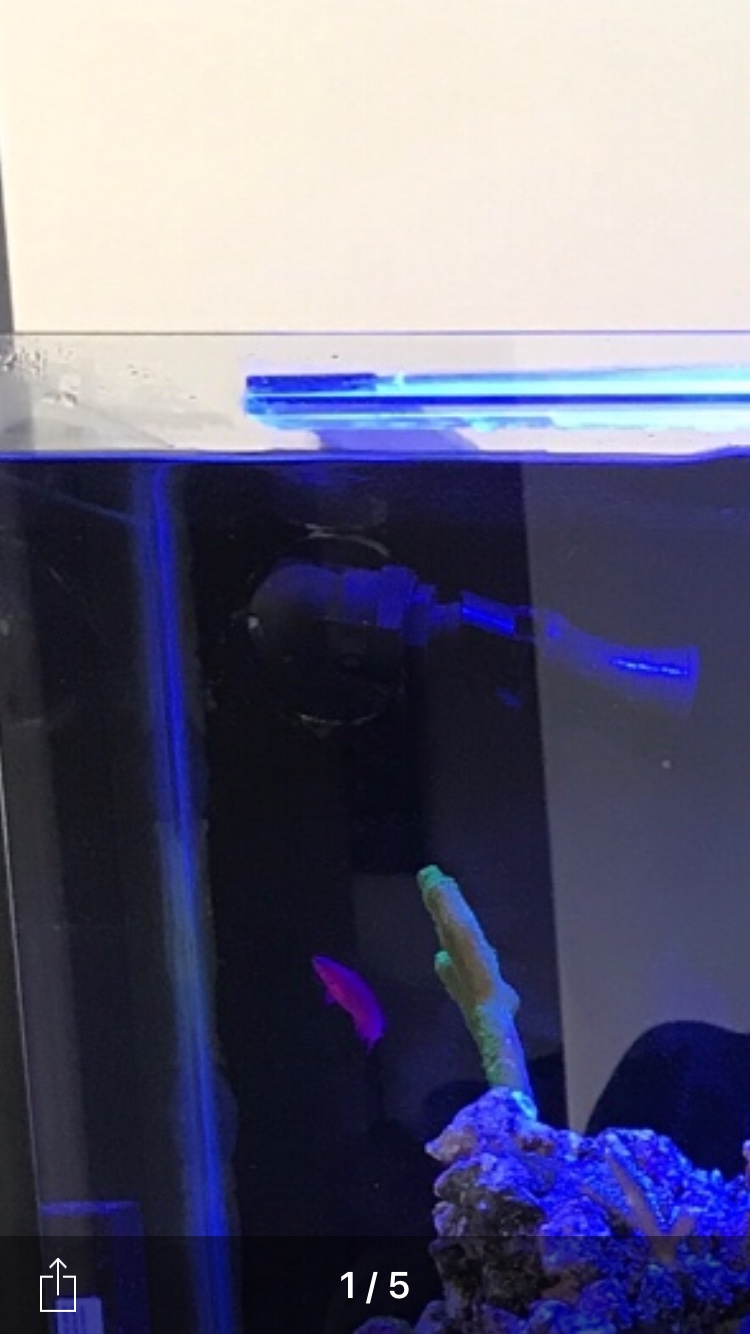- Joined
- Apr 12, 2017
- Messages
- 13
- Reaction score
- 5
Hello everyone,
I have been reefing for almost a year now and started off small as a training tank and ended up doing all plumbing myself.
All went well, but then I realised that I made a mistake in my return line after I added the reactor. The mistake was I added a swing check valve right after my return pump i.e. Between the manifold and return pump. So when I turn off my return pump for any reason the water from my display slowly back flows through the manifold and through the zeo/carbon reactor and into the sump and raises the level almost up to the sump's brim. Last time when I had a power outage for a couple of hours the level in the sump rose and overflown skimmer had made a poopy mess all around, yuck!! I'm a clean freak by the way.
One nice afternoon I had some time and thought of fixing this. So, first problem was these swing valve are a pain to get here in Australia. Finally got one and put it in the return line after the manifold, and now that doesn't work (I was in tears, for all the pain taken), then I installed a union to check if there is a blockage, but no, its all good.
Now I definitely do want to fix this and If there is simple solution like a shutter valve at the return nozzle in display or adding a T off from the return (this is a major work) one feeding manifold and other return line? But dont wanna be doing anything wrong this time.
Please advise guys, thanks.
Photos below.
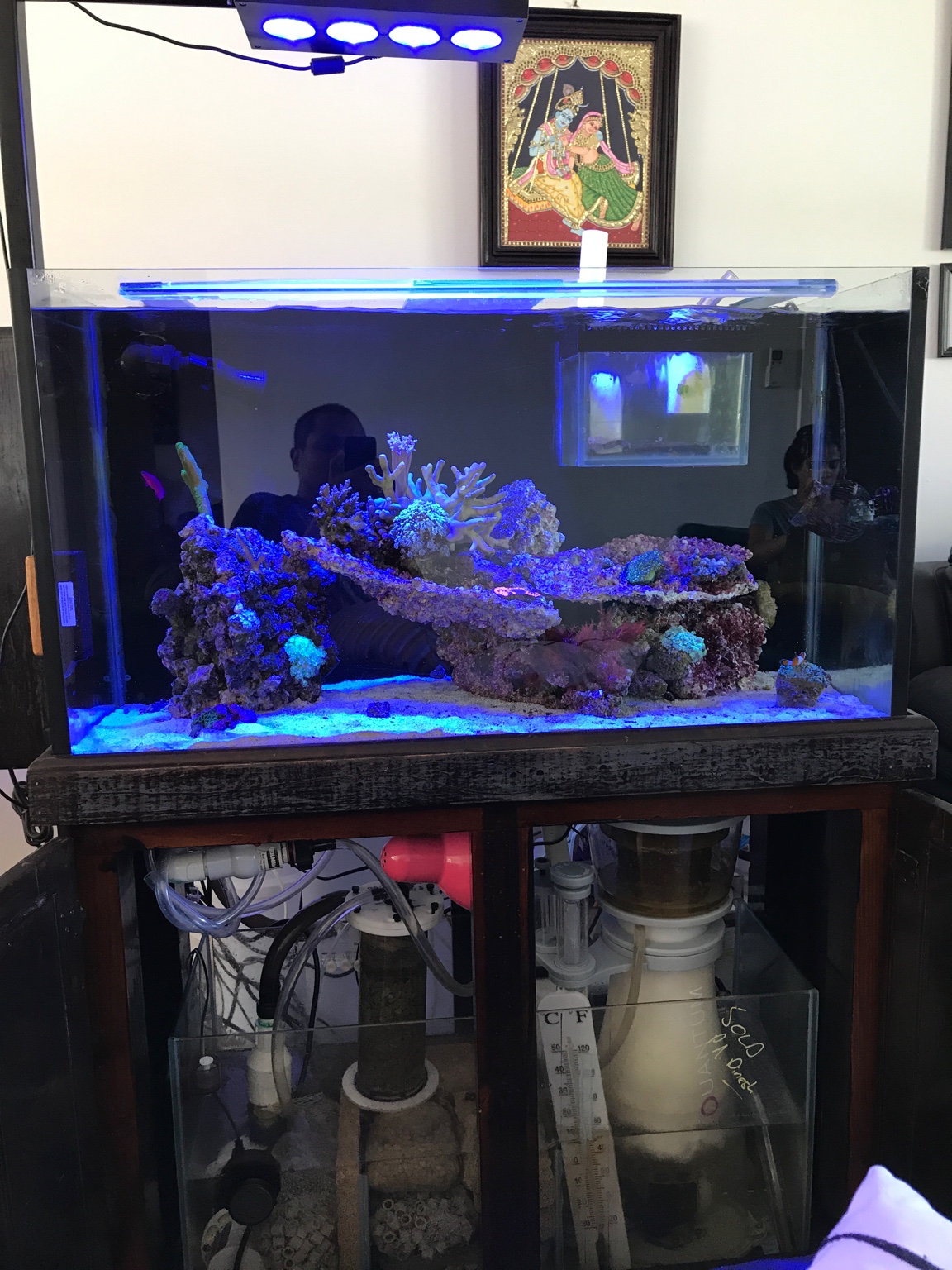
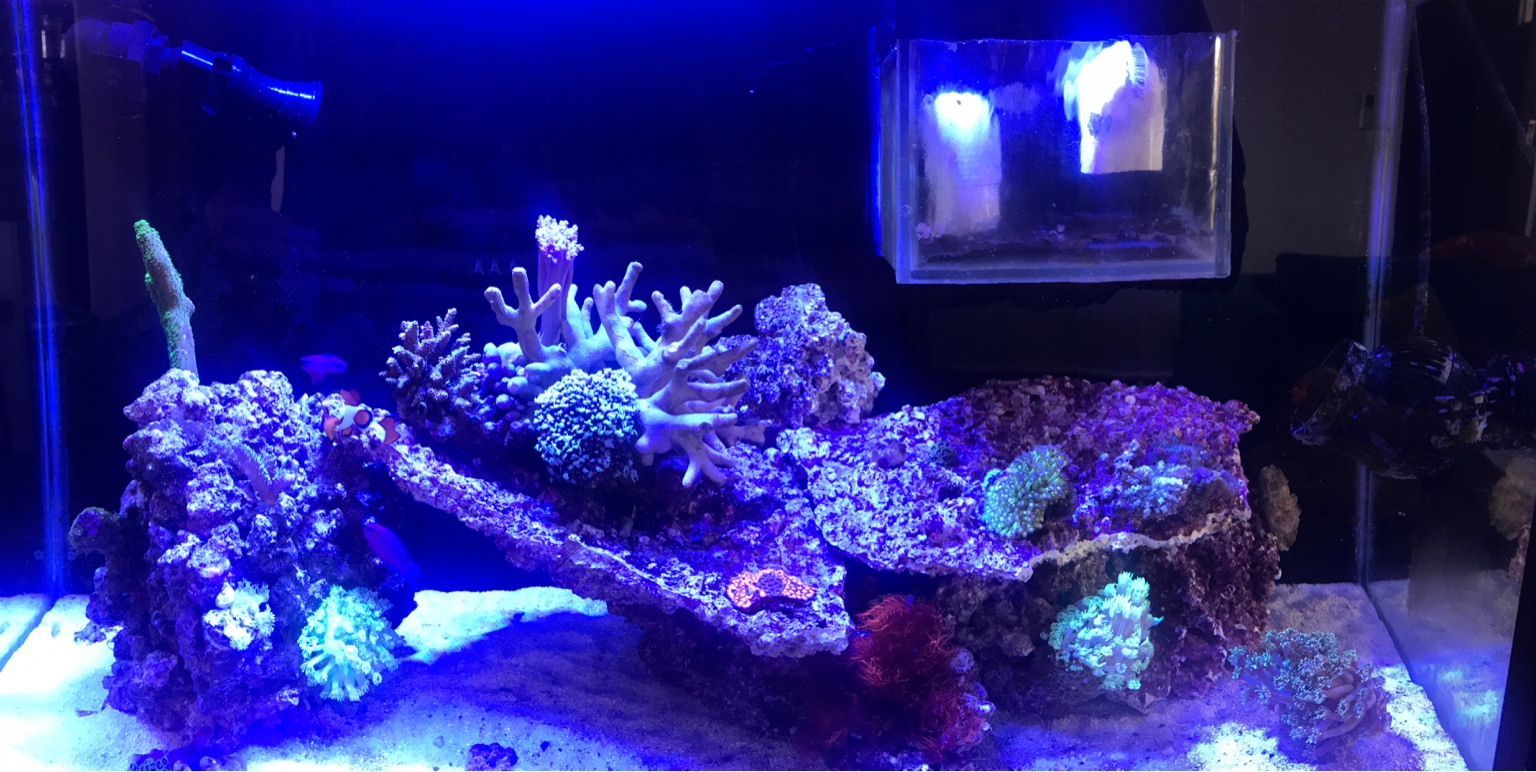
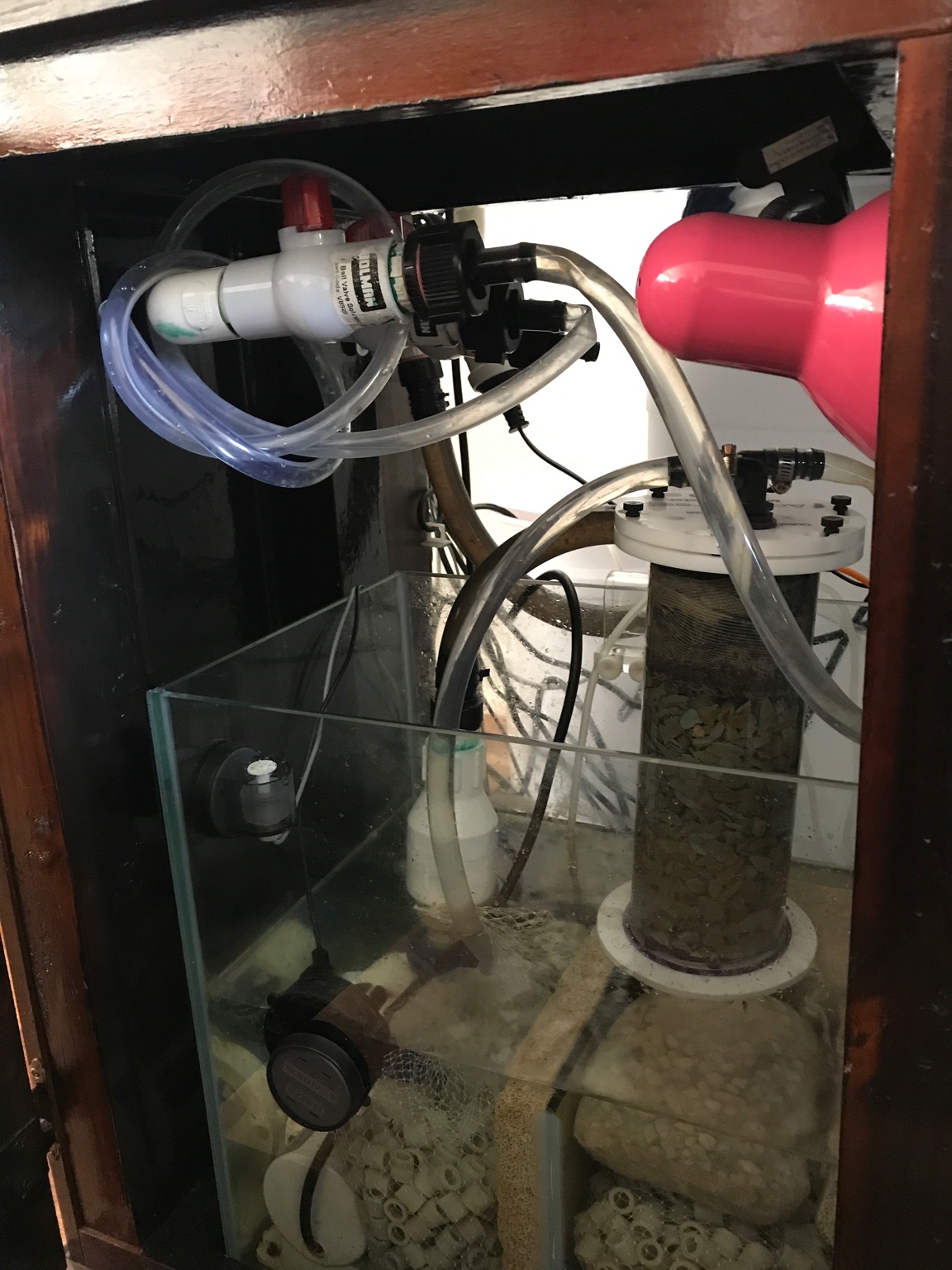
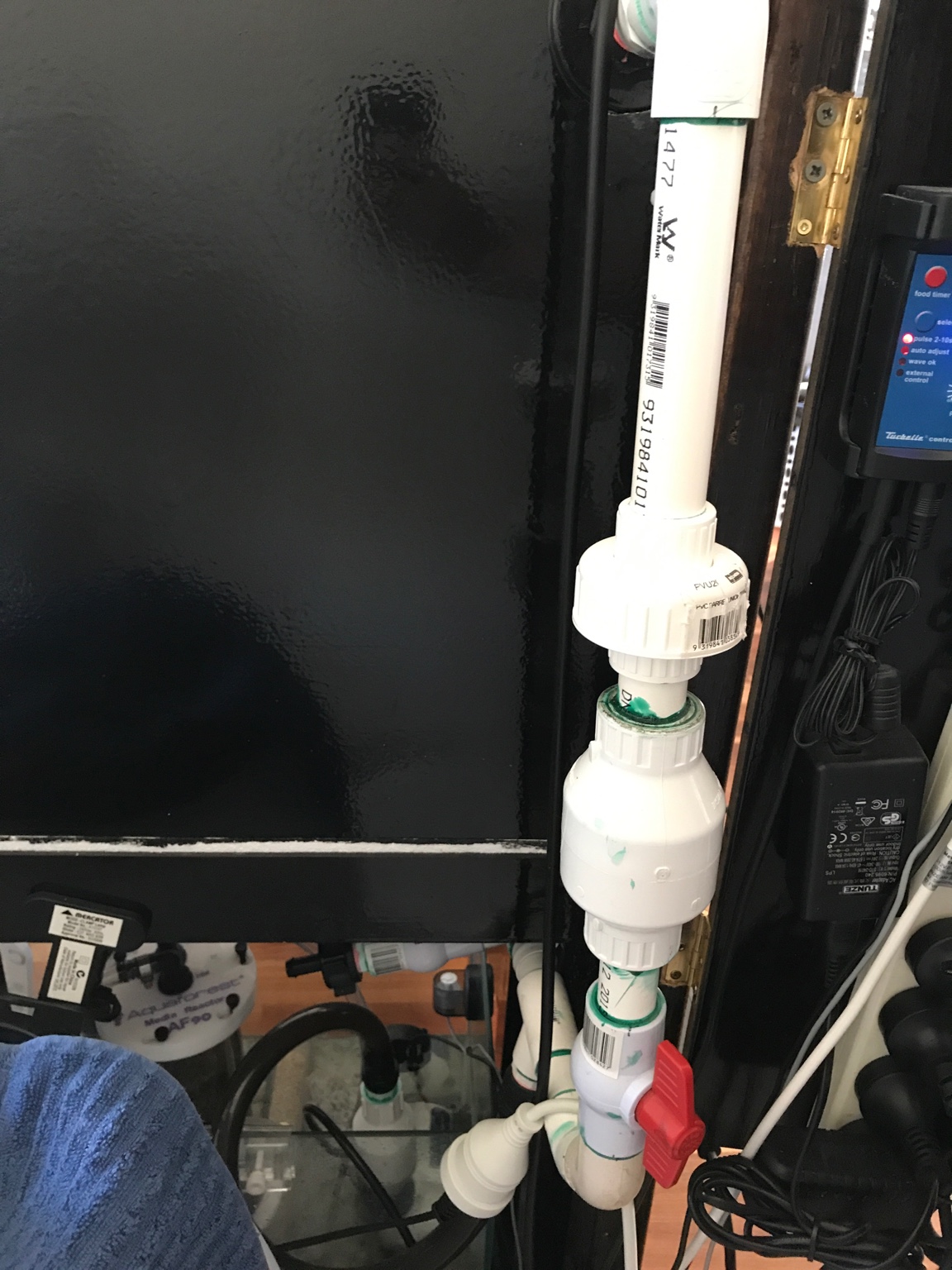
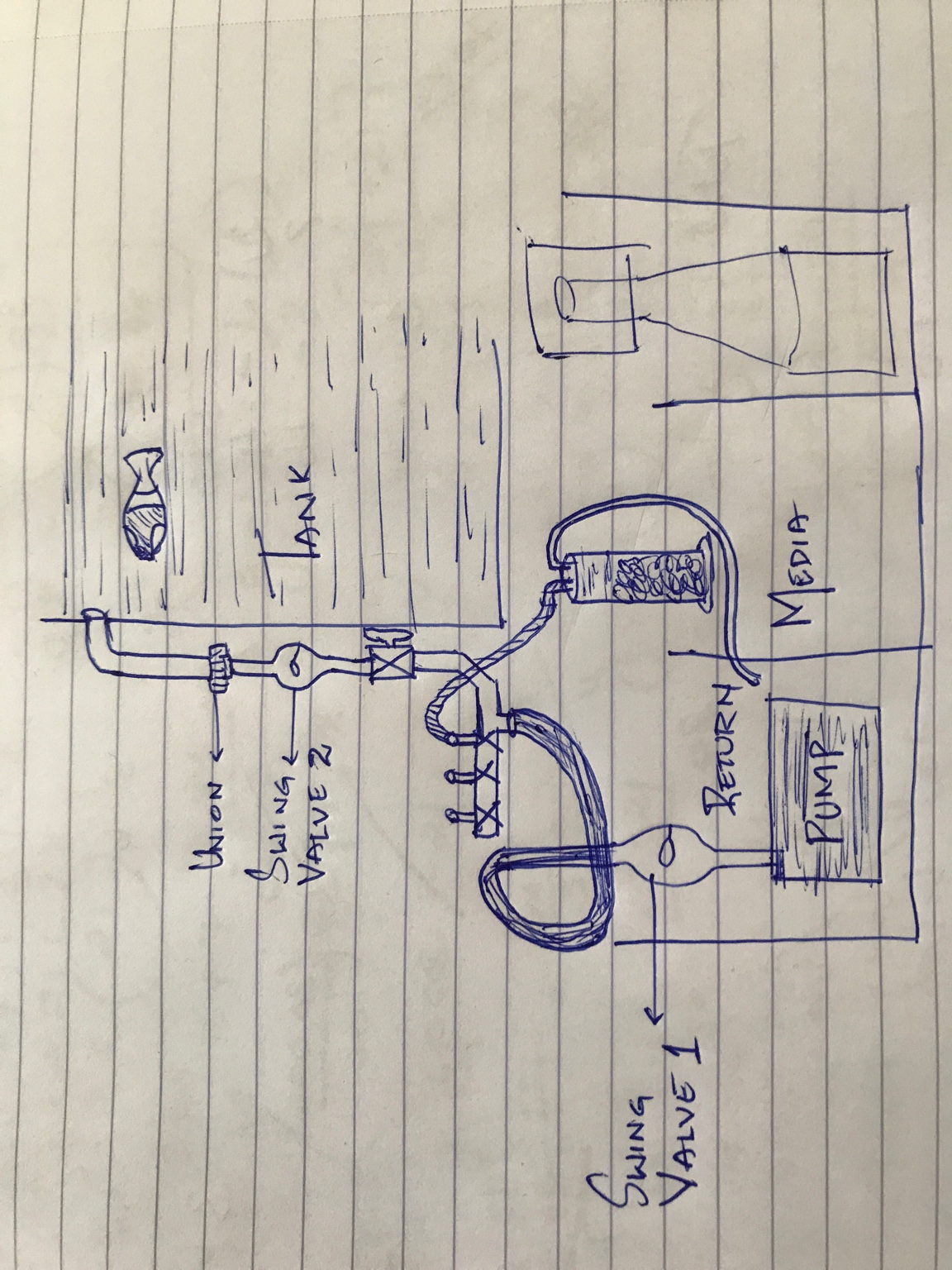
I have been reefing for almost a year now and started off small as a training tank and ended up doing all plumbing myself.
All went well, but then I realised that I made a mistake in my return line after I added the reactor. The mistake was I added a swing check valve right after my return pump i.e. Between the manifold and return pump. So when I turn off my return pump for any reason the water from my display slowly back flows through the manifold and through the zeo/carbon reactor and into the sump and raises the level almost up to the sump's brim. Last time when I had a power outage for a couple of hours the level in the sump rose and overflown skimmer had made a poopy mess all around, yuck!! I'm a clean freak by the way.
One nice afternoon I had some time and thought of fixing this. So, first problem was these swing valve are a pain to get here in Australia. Finally got one and put it in the return line after the manifold, and now that doesn't work (I was in tears, for all the pain taken), then I installed a union to check if there is a blockage, but no, its all good.
Now I definitely do want to fix this and If there is simple solution like a shutter valve at the return nozzle in display or adding a T off from the return (this is a major work) one feeding manifold and other return line? But dont wanna be doing anything wrong this time.
Please advise guys, thanks.
Photos below.










